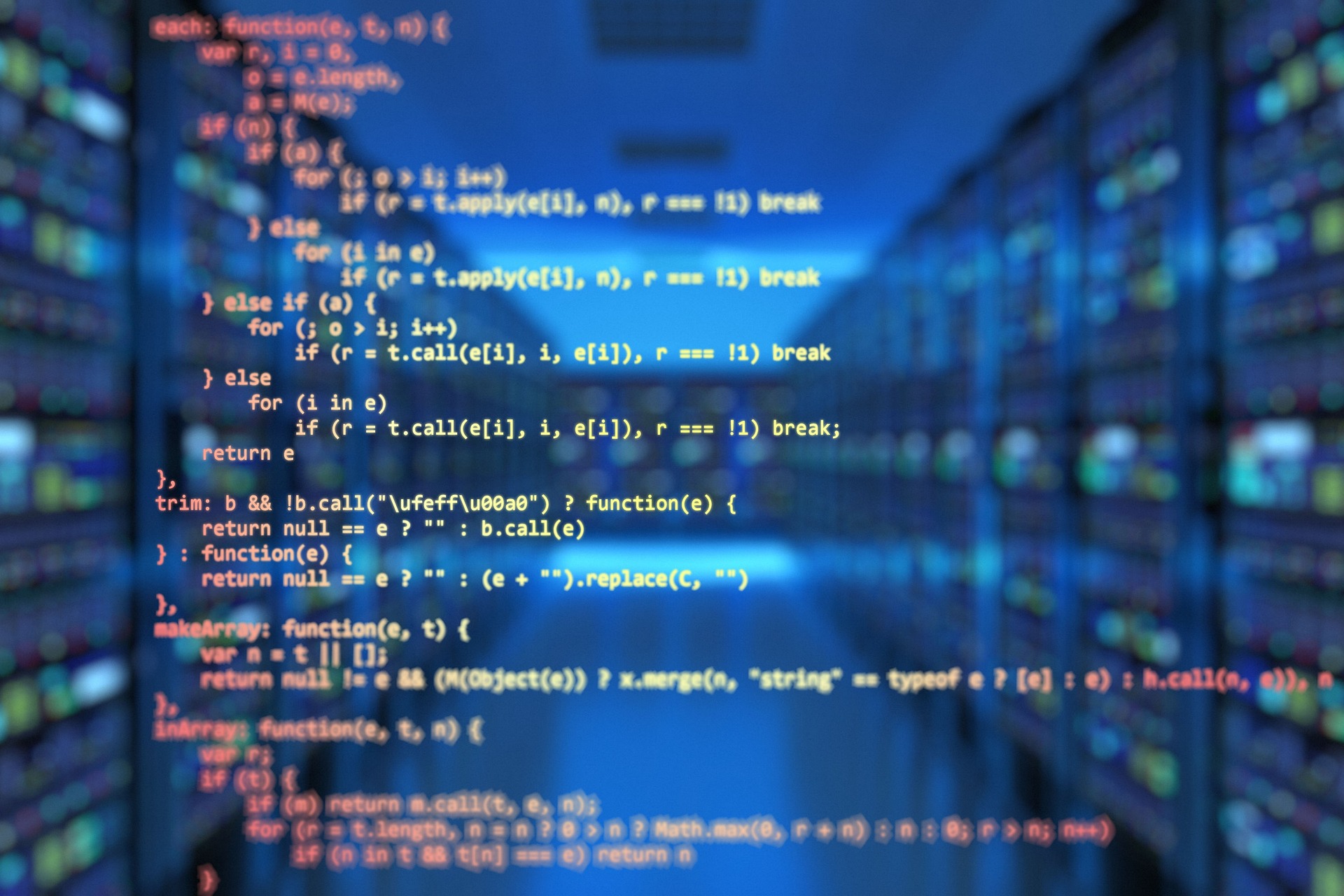Artificial Intelligence has revolutionized industries ranging from finance to healthcare. The power of AI to transform industries extends into the complex world of intellectual property and patent law. This article will explore the fascinating world of AI-powered translations.
Patents provide legal protection to intellectual property for inventors and businesses. Patent documents are often filled with technical jargon and legal jargon. They also contain nuances that can be difficult to understand. The global nature of innovation and the fact that patent documents are filed across multiple languages adds to this complexity. The need for accurate translation of patent languages is therefore paramount.
But translating patent documents is not a simple linguistic exercise. This requires an in-depth understanding of technical and legal nuances. Minor mistranslations can have serious legal and financial consequences. AI can be a game changer, allowing for unprecedented accuracy in translating patent languages.
We will explore the challenges posed to patent documents, the evolution of AI/MT and how AI is making a mark in this specialized field. We will also explore the legal and ethical implications of AI-powered translation of patents. This will give you a thorough understanding of this revolutionary technology.

Understanding the Patent Language Barrier
The patent document itself is a formidable barrier to understanding the importance of AI-powered translation.
The complexity of patent documents
Patent documents are known to be complex. The language used is a mixture of legal jargon and technical terms, which at first glance may seem incompatible. The technical part of the patent describes the details of the invention. It includes its features, functions and innovative steps. The legal aspect is concerned with the protection of intellectual property rights by using precise language and extensive claim.
Take a look at the following sentence taken from a patent
“A method of reducing cavitation damage on a pump impeller within a liquid-filled system of pumps, comprising the adjustment of the rate of change in pump speed as a response to a cavitation limit. “
This sentence illustrates the complexity of patent language. This sentence combines technical words like “cavitation damages,” “pump impeller,” or “liquid-filled pumps system” with legal terms such as “method,” ‘comprising,” or ‘cavitation limit. It is a highly specialized, complex language that requires special skills to understand.
Multilingual Patent Databases
Patent language has become more complex due to the global nature and scope of innovation. Patents can be filed in more than one language to protect the invention in different markets. A Japanese company, for example, might file a Japanese patent, as well as one in English and other languages, to protect their invention rights in various countries.
The multilingual nature of patent documents can be both a blessing as well as a problem. This multilingual aspect of patent documents is a blessing and a challenge. It increases the reach of innovation, but also makes it difficult to understand and analyze these documents. Patent professionals are often required to interpret and access patents that have been filed in languages in which they may be less proficient. Translation is a necessity in this situation.
Consequences for Inaccurate translation
Patent language translation is a very high-stakes game. A minor mistake can have disastrous results. Inaccurate translations of patent claims may lead to litigation or disputes regarding intellectual property rights. The interpretation of a patent’s claims can affect the outcome of a case when it is challenged in court.
Companies make strategic decisions often based on information about patents. Inaccurate translations may lead to misguided strategies in business, such as entering markets without the necessary intellectual rights or avoiding those where they have a strong position. The challenges and possible consequences of incorrect patent language translation are significant. This is more than a linguistic exercise, but an important part of the intellectual property strategy.
AI and Machine Translation
Artificial Intelligence and Machine Translation have ushered in a whole new era of translation. Before we dive into AI-powered solutions let’s first understand the basic concepts of AI.
Machine Translation and AI Introduction
AI is the development of computer programs that are capable of performing tasks that require a human’s intelligence. These tasks cover a broad spectrum from visual perception to problem-solving and natural language understanding. Machine Translation, a subfield of AI, automates the translation of text from one language into another.
Neural machine translation (NMT) NMT is a cutting edge approach to MT which uses artificial neural network, inspired by human brains, to model probability of a series of words from one language to be translated into another. This deep-learning technique has improved the quality of translation. Deep learning involves the training of artificial neural networks using large datasets.
This has led to many breakthroughs, such as in natural language processing and computer-vision. Since its conception, machine translation has made great strides. It has gone through several different stages. Each stage is marked by a distinct approach to translation.
Rule Based Systems
Early MT translation systems used handcrafted linguistic rule and dictionaries. These systems worked well for simple sentences but struggled to translate complex expressions and language structures.
Statistical machine translation:
This introduced statistical models which learned translation patterns by analyzing parallel corpora. It improved translation accuracy. They still had to deal with context and ambiguity.
Neural machine translation (NMT)
NMT is a new technology that has revolutionized this field. It uses deep learning techniques to capture the context, nuances and idiomatic expressions. This results in a more accurate and fluent translation.
AI in Translation: Advantages
AI-based systems can translate large amounts of text at a fraction the time of a human translator. This speed is especially valuable when working with large patent databases. AI ensures consistency and minimizes the risk of translation errors. This is especially important in technical and legal documents, where precision is key. AI systems are highly adaptable and can be used in a variety of languages.
AI in Patent Language Translation
The fusion of AI and patent language translation is nothing short of transformative. To appreciate the significance of this synergy, let’s explore the specific challenges AI addresses in this domain and the mechanisms through which it achieves this.
Challenges in Applying AI to Patent Translation
Translating patent documents is no straightforward task. The inherent complexities in these documents demand specialized solutions. Here are some of the key challenges AI confronts when dealing with patent translation:
Technical and Legal Nuances: Patents are laden with both technical and legal terminology. AI systems must comprehend the intricacies of both domains to ensure accurate translation. A single mistranslated term or phrase could have profound legal consequences.
Ambiguity in Patent Language: Patent language is inherently ambiguous. It often uses open-ended language to cover a range of potential variations of an invention. AI systems must navigate this ambiguity while providing precise translations.
How AI Overcomes These Challenges
AI leverages a combination of Natural Language Processing (NLP) and domain-specific models to surmount the challenges posed by patent language translation:
Natural Language Processing (NLP)
NLP is a subfield of AI that focuses on enabling computers to understand, interpret, and generate human language. In the context of patent translation, NLP algorithms analyze the text’s structure, syntax, and semantics, allowing for a deeper understanding of the content.
Domain-Specific Models
To enhance translation accuracy, AI models can be fine-tuned for patent-specific language. This involves training the AI on vast datasets of patent documents, enabling it to recognize patent-specific terminology and legal construct
AI and Machine Translation
The advent of Artificial Intelligence (AI) and Machine Translation (MT) has ushered in a new era in the field of patent language translation. But before we delve into the AI-powered solutions, let’s take a moment to understand the fundamental concepts of AI and MT.
AI refers to the development of computer systems that can perform tasks that typically require human intelligence. These tasks encompass a wide spectrum, from natural language understanding and problem-solving to visual perception and decision-making. Within the realm of AI, Machine Translation is a subfield that focuses on automating the process of translating text from one language to another.
NMT is a cutting-edge approach to MT that uses artificial neural networks, inspired by the human brain, to model the probability of a sequence of words in one language being translated into another. This deep learning technique has significantly improved translation quality.
Deep learning is a subset of AI that involves training artificial neural networks with large datasets. It has led to breakthroughs in various AI applications, including natural language processing and computer vision. Machine Translation has come a long way since its inception. It has evolved through several stages, each marked by distinct approaches to translation:
Rule-Based Systems: Early MT systems relied on handcrafted linguistic rules and dictionaries to translate text. While these systems were useful for simple sentences, they struggled with complex language structures and idiomatic expressions.
Statistical Machine Translation: Statistical MT introduced statistical models that learned translation patterns from parallel corpora, improving translation accuracy. However, they still faced challenges in handling context and ambiguity.
Neural Machine Translation (NMT): NMT, which emerged in the last decade, has revolutionized the field. It employs deep learning techniques to capture context, nuances, and idiomatic expressions, resulting in more fluent and accurate translations.
Advantages of AI in Translation
AI-powered translation offers several compelling advantages over traditional methods. AI systems can translate vast amounts of text in a fraction of the time it would take a human translator. This speed is particularly valuable when dealing with large patent databases. AI ensures consistency in translation, minimizing the risk of errors or discrepancies in the translated text.
This is crucial in legal and technical documents where precision is paramount. AI systems can handle a wide range of languages and domains, making them highly adaptable to the diverse needs of patent professionals and innovators.
Legal and Ethical Considerations
As we embrace the transformative potential of AI in patent language translation, we must navigate the legal and ethical landscapes that surround this evolving field. Here are some crucial considerations:
Data Privacy and Security
Patent documents often contain sensitive information about innovations. AI-powered translation platforms must adhere to strict confidentiality standards to protect this data from unauthorized access or leaks. Robust encryption protocols should be in place to secure data during transmission and storage. Compliance with data protection regulations like GDPR is essential when handling personal data.
Intellectual Property Rights
Determining the ownership of AI-generated translations can be complex. Patent professionals must ensure that AI-powered translations do not infringe on the intellectual property rights of others.
Some AI models are trained on copyrighted text. Patent professionals should be aware of potential copyright issues and ensure that their use of AI translation complies with copyright laws.
Compliance with Patent Regulations
AI-powered translations must adhere to patent regulations in various jurisdictions. These regulations govern the format, content, and language of patent documents. Patent offices and courts must recognize AI-generated translations as legally valid. Ensuring that translations meet the standards required by authorities is crucial.
Ethical Concerns in Machine Translation
Bias and Fairness: AI models can inadvertently perpetuate biases present in training data. Ensuring fairness and mitigating bias in translations is an ethical imperative.
Transparency: Users of AI translation tools should have insight into how these systems work and make decisions. Transparency helps build trust and ensures accountability.
Human-AI Collaboration: Balancing the roles of AI and human translators is essential. Ethical considerations include the fair treatment of human translators and determining when human intervention is necessary for complex cases.
Navigating these legal and ethical considerations is crucial for the responsible and effective use of AI in patent language translation. It ensures that the benefits of AI are harnessed without compromising data privacy, intellectual property rights, or ethical standards.

